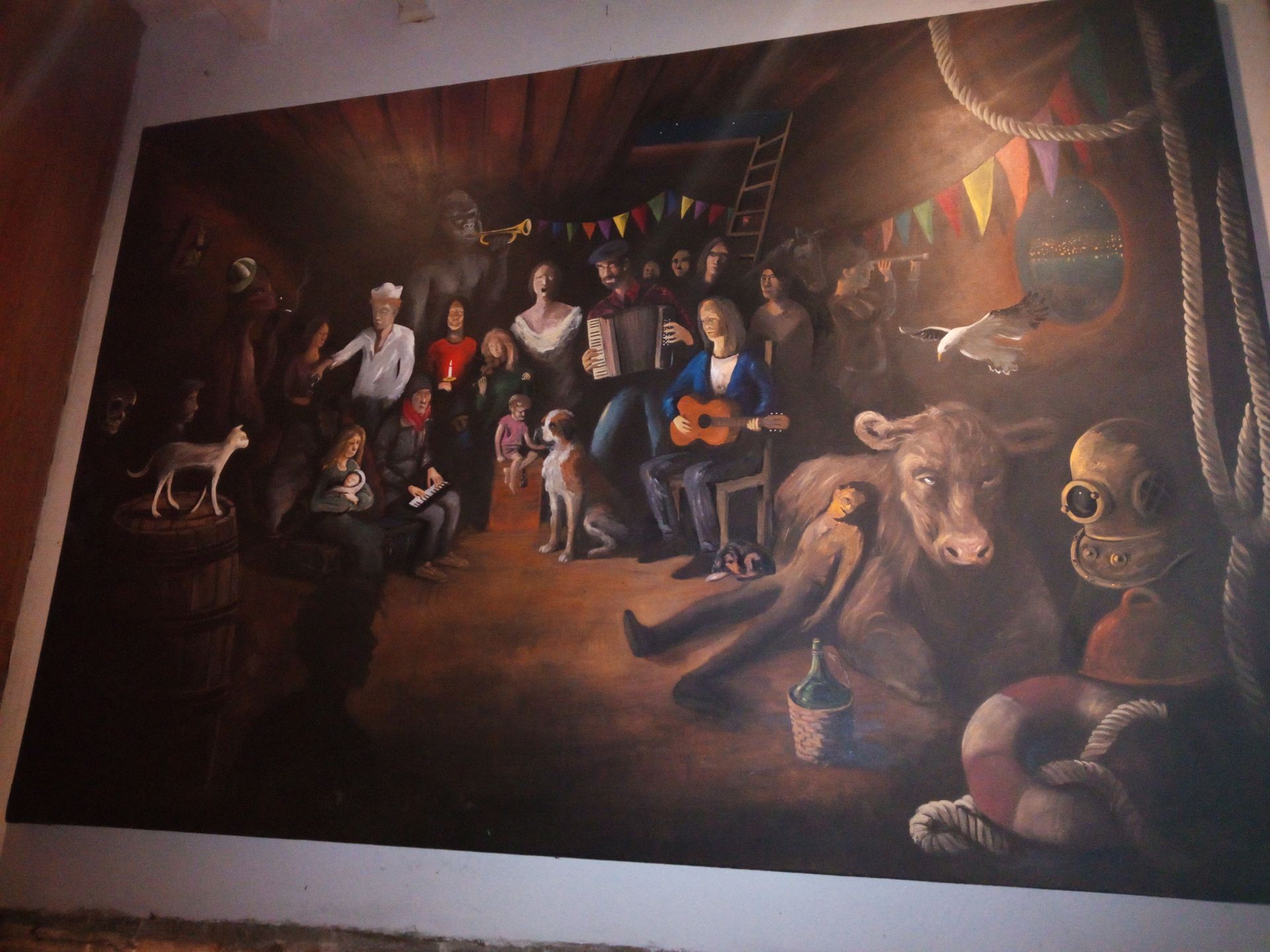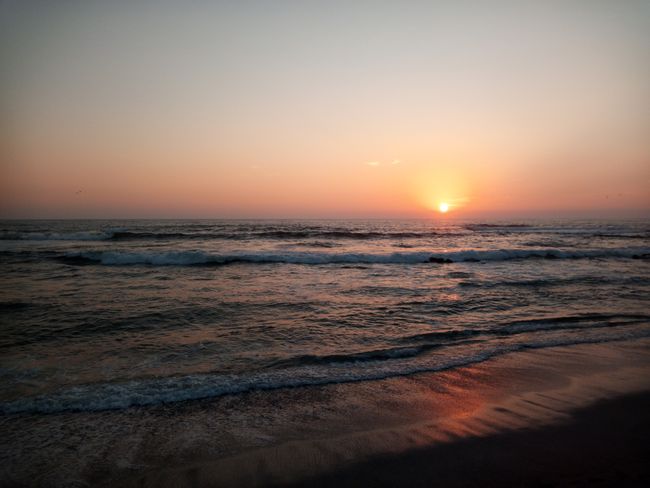The bad part 2 / The Art of Forgetting
បោះពុម្ពផ្សាយ: 16.08.2017
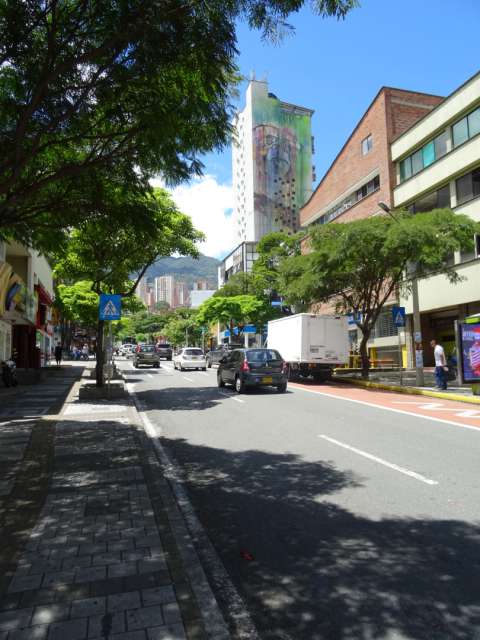
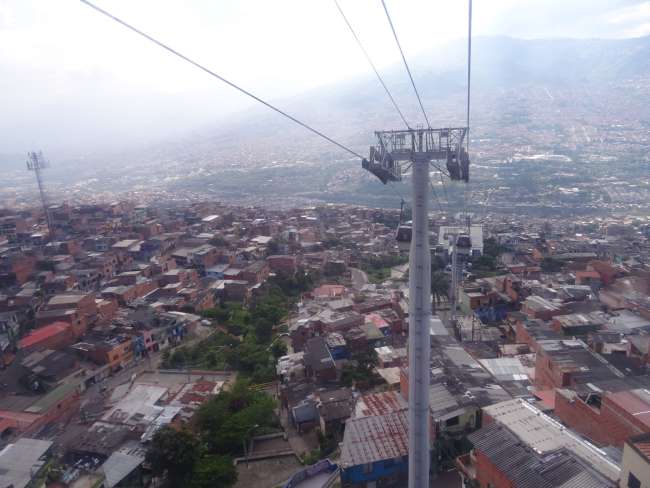
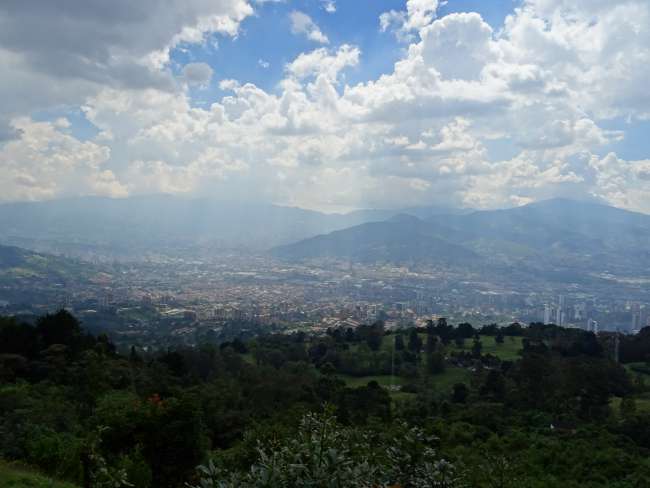
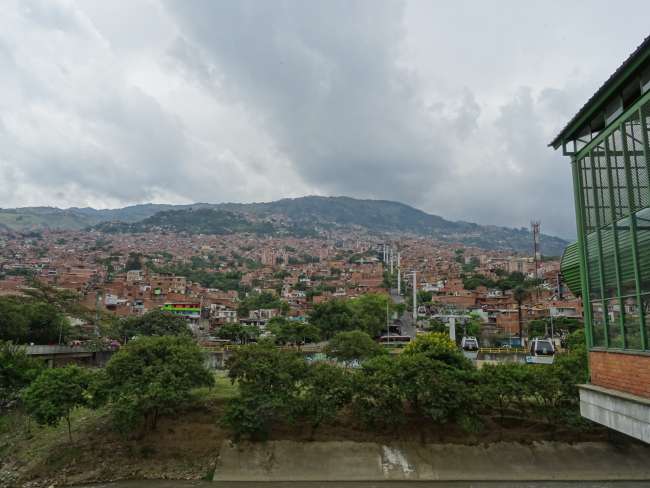
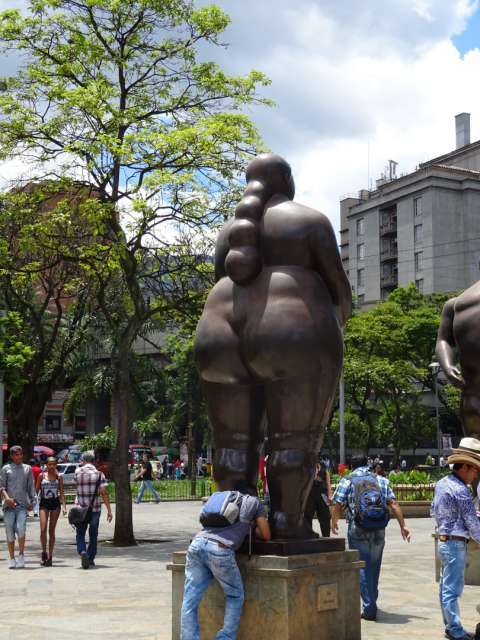
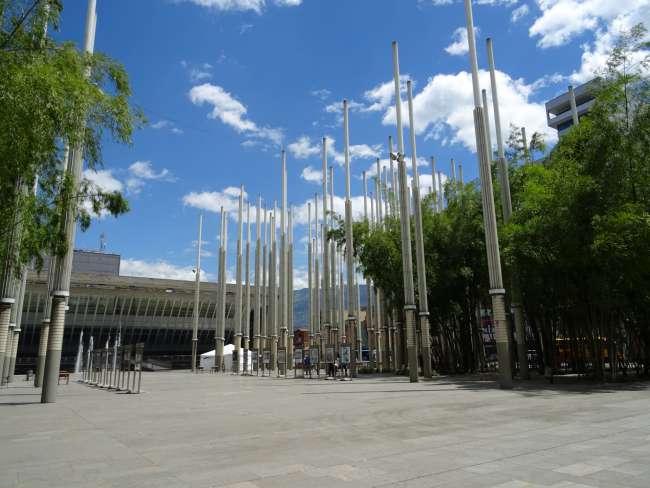
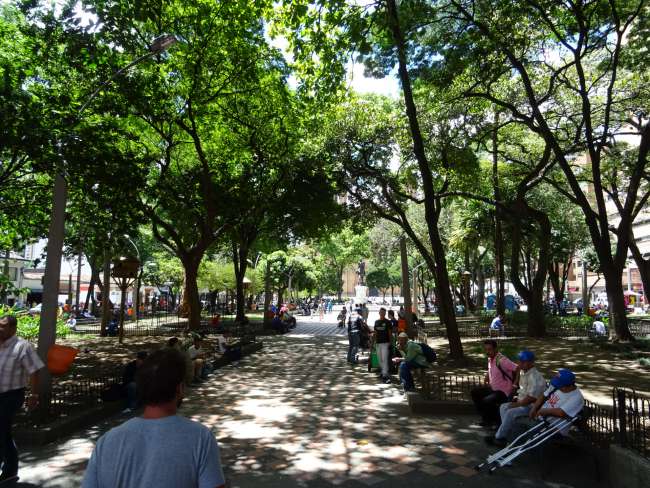
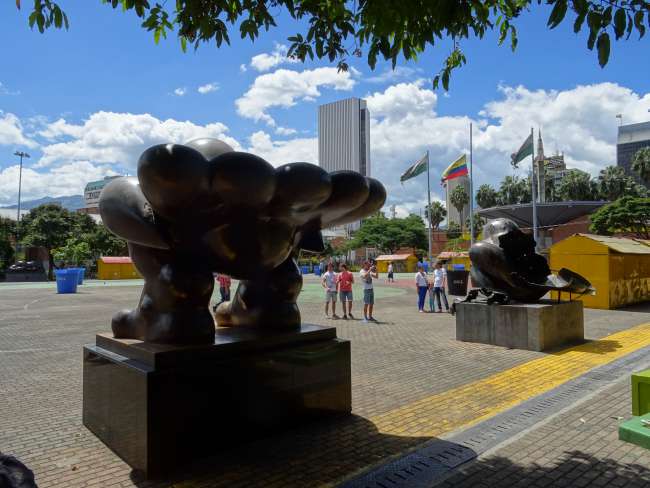
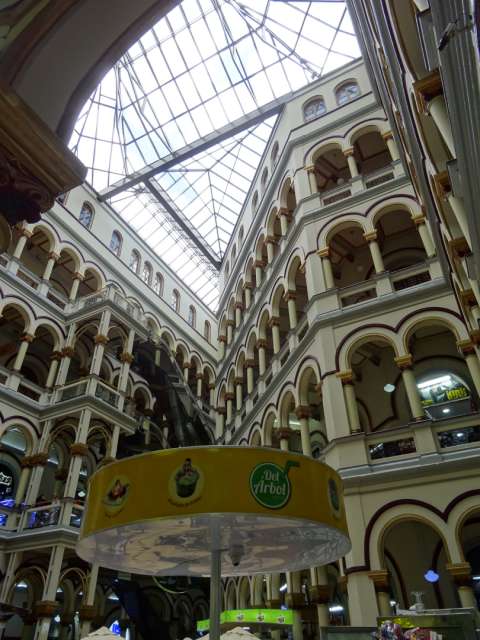
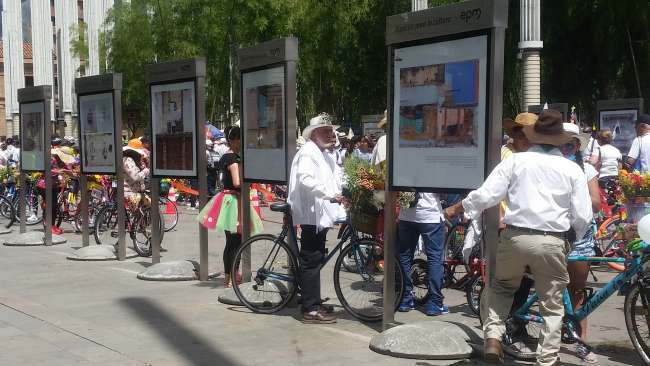
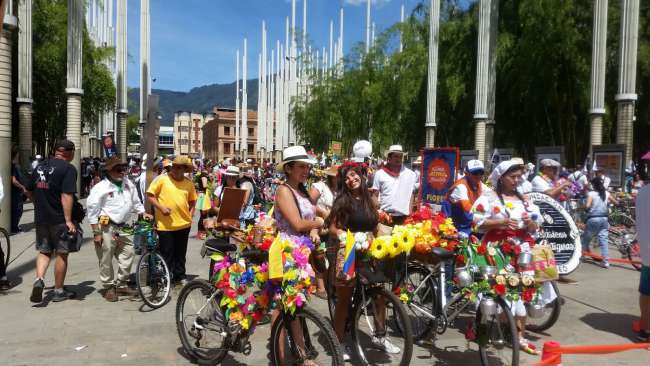
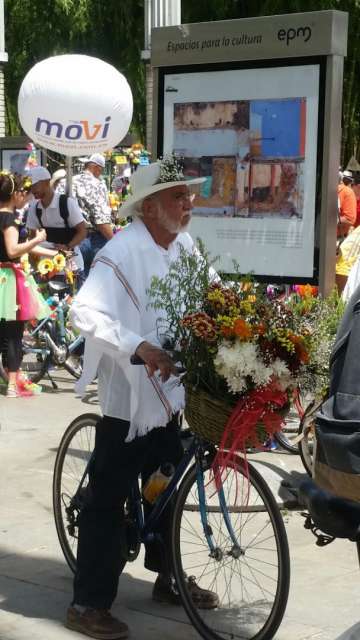
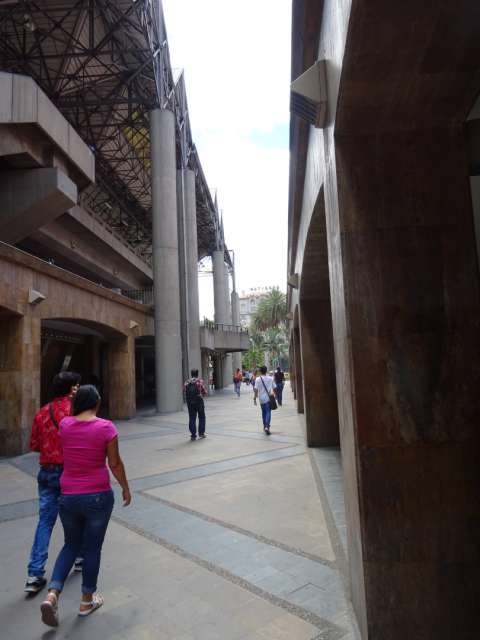
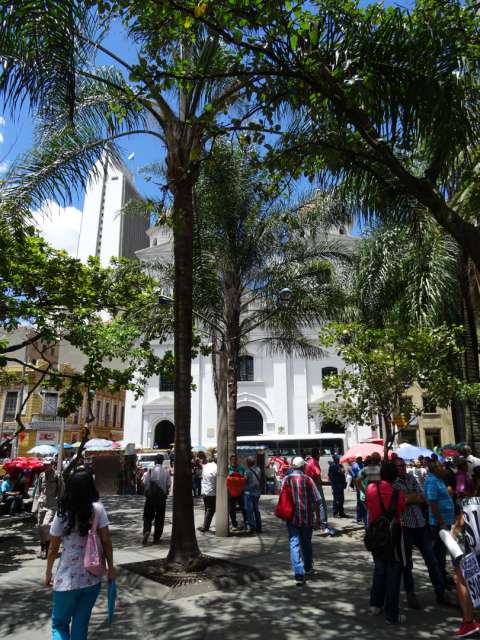
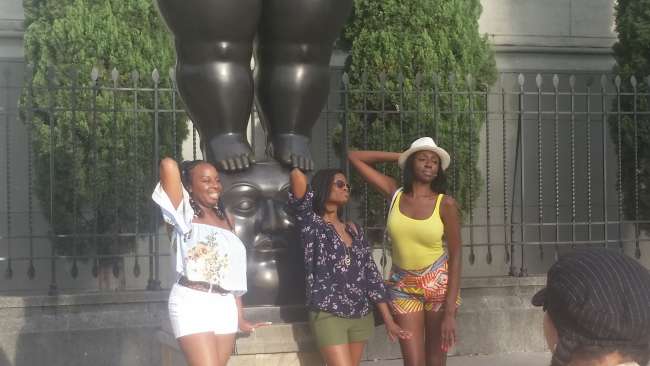
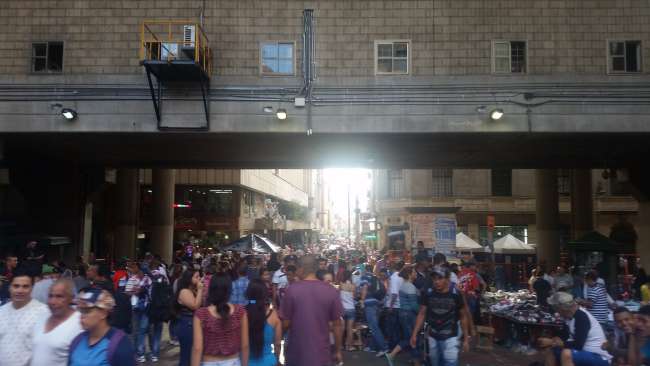
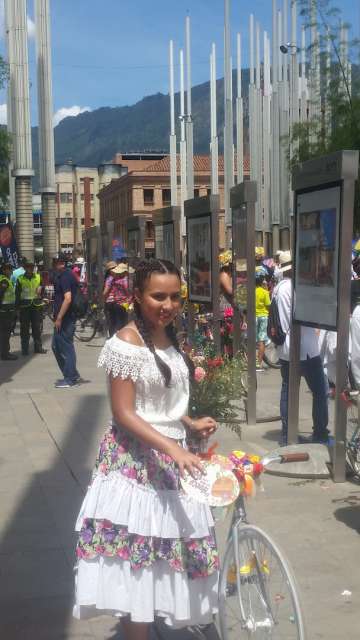
ជាវសំបុត្រព័ត៌មាន
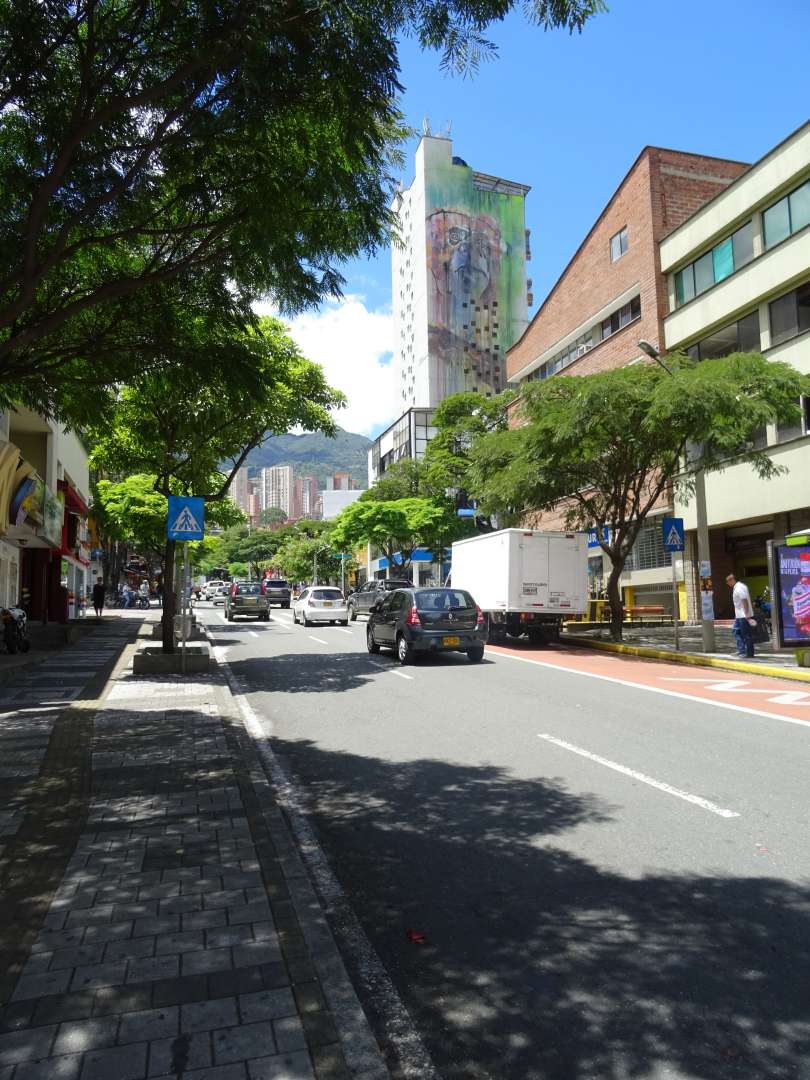
Irony of fate, because what Escobar started with illegal means, the government continued after his death.

Democratic architecture exemplified by Parque de la luz. It used to be a swamp of drugs and violence. By surveying the population, a new place was created. The pillars symbolize the light. They illuminate the entire park at night with warm light.
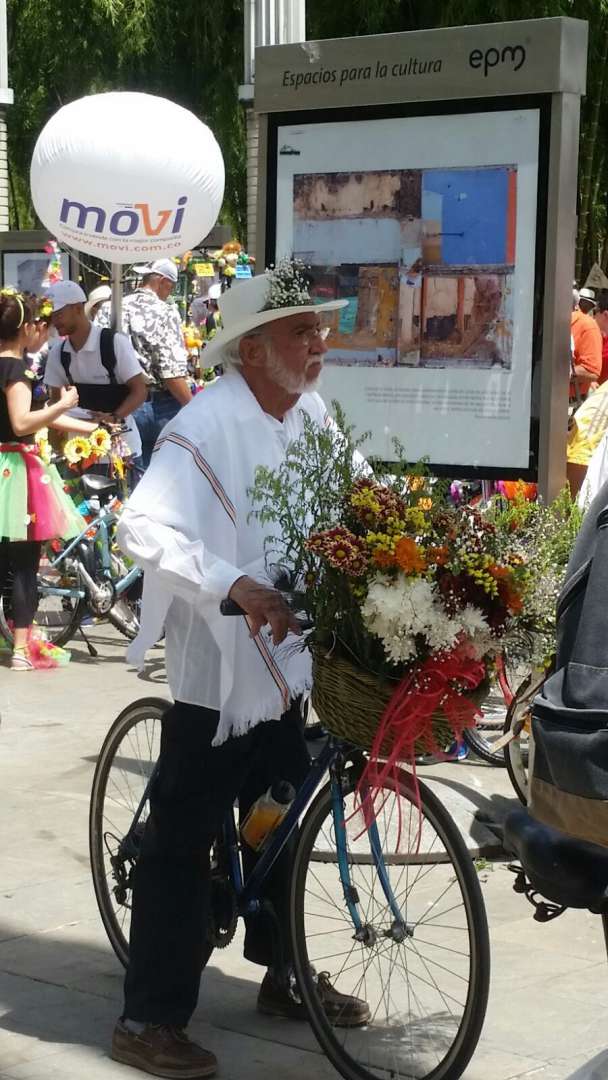

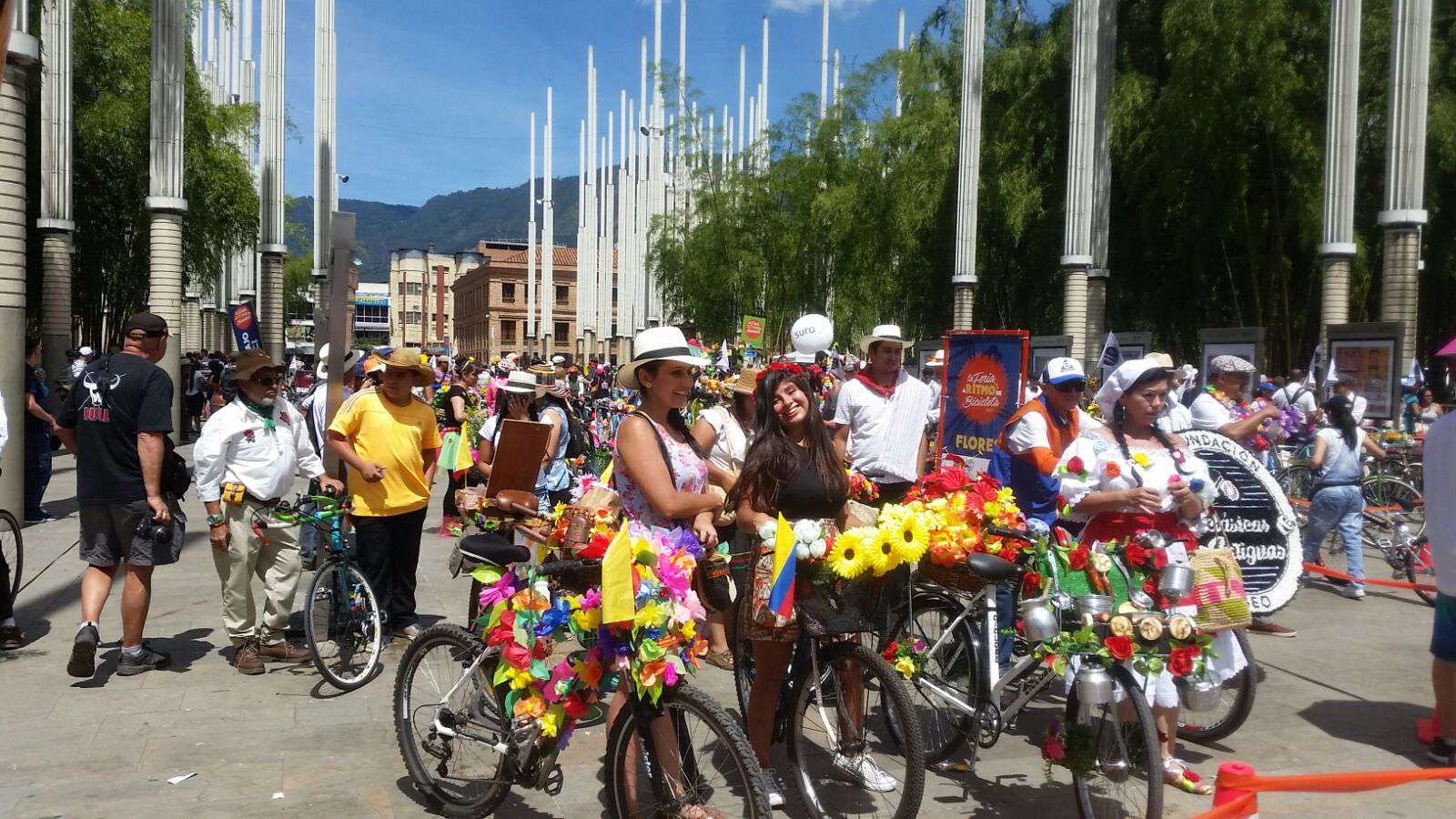 Today, on the day of the Flower Festival, a bicycle parade takes place on this square.
Today, on the day of the Flower Festival, a bicycle parade takes place on this square.
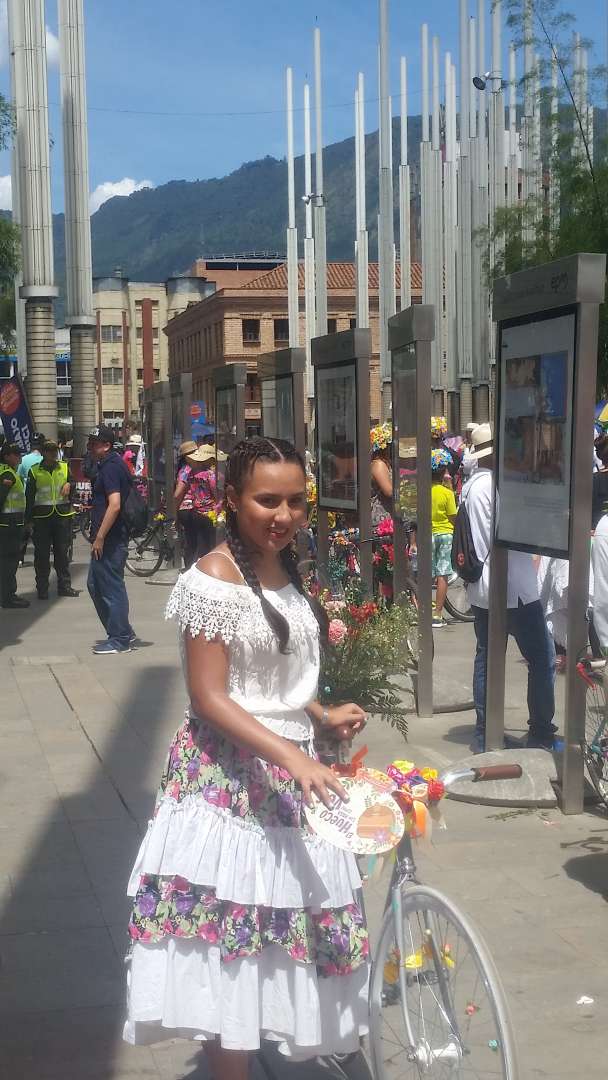

Medellin's city center is a beehive. Loud, hectic, pulsating, crowded, and after two hours, you wish to be catapulted into a lonely mountain village to cure your stings.

But the adventure is worth it. Or who has ever seen hardcore pornography stands next to a city church? Whoever is looking for something in this neighborhood will find it. Because here also is the largest market for counterfeits. Good and evil, at least morally, can hardly be closer together. A symbol of moral coexistence?

The Plaza Botero. A small chapel is located in the square itself. It serves as a meeting place for prostitutes and clients. God's blessing for immoral actions is thus included in the price.
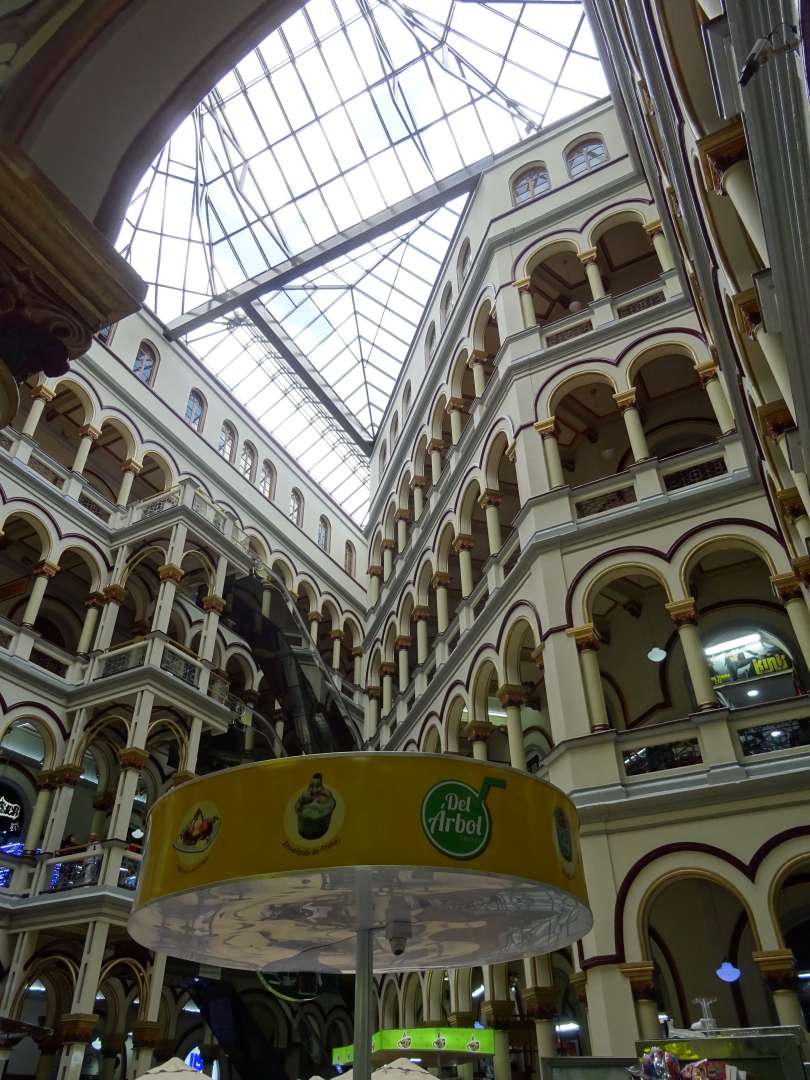
Another example of restructuring is the former Palace of Justice. Small-time criminals were sentenced here. Today it is a shopping center where the trade in counterfeit goods is tolerated. This makes clothes and also those who look branded affordable for all visitors.
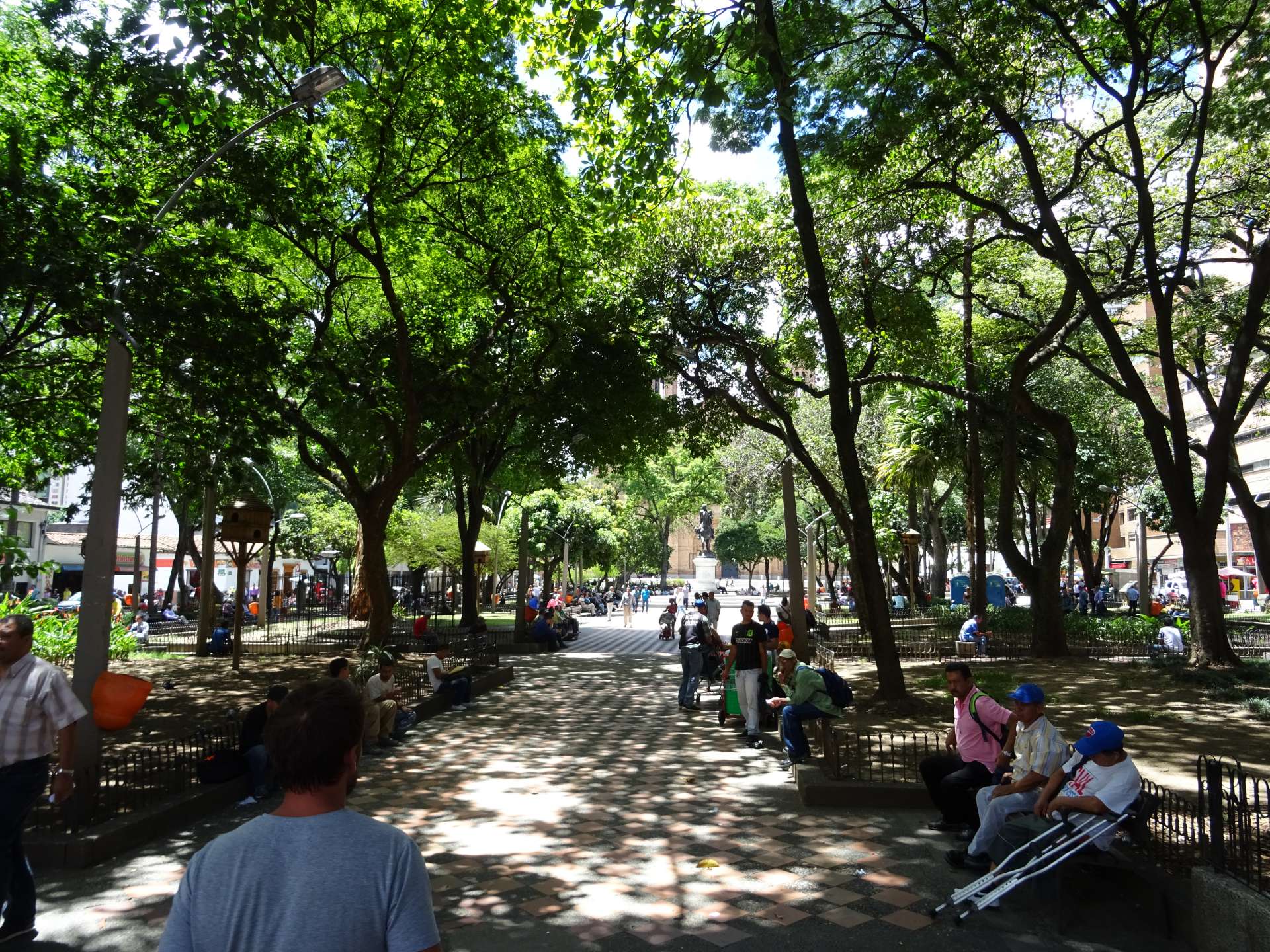
Just two streets further on, you walk through Parque Simon Bolivar. Still a drug trafficking area today. A lot is consumed here, yet there is a peaceful coexistence. The mother with the stroller sits on the same park bench as the dealer or the prostitute.

The Parque San Antonio. Here, an unknown perpetrator detonated a bomb in one of the Botero figures. Botero himself simply built the same statue next to it again. Today, it is a memorial against forgetting what happened.
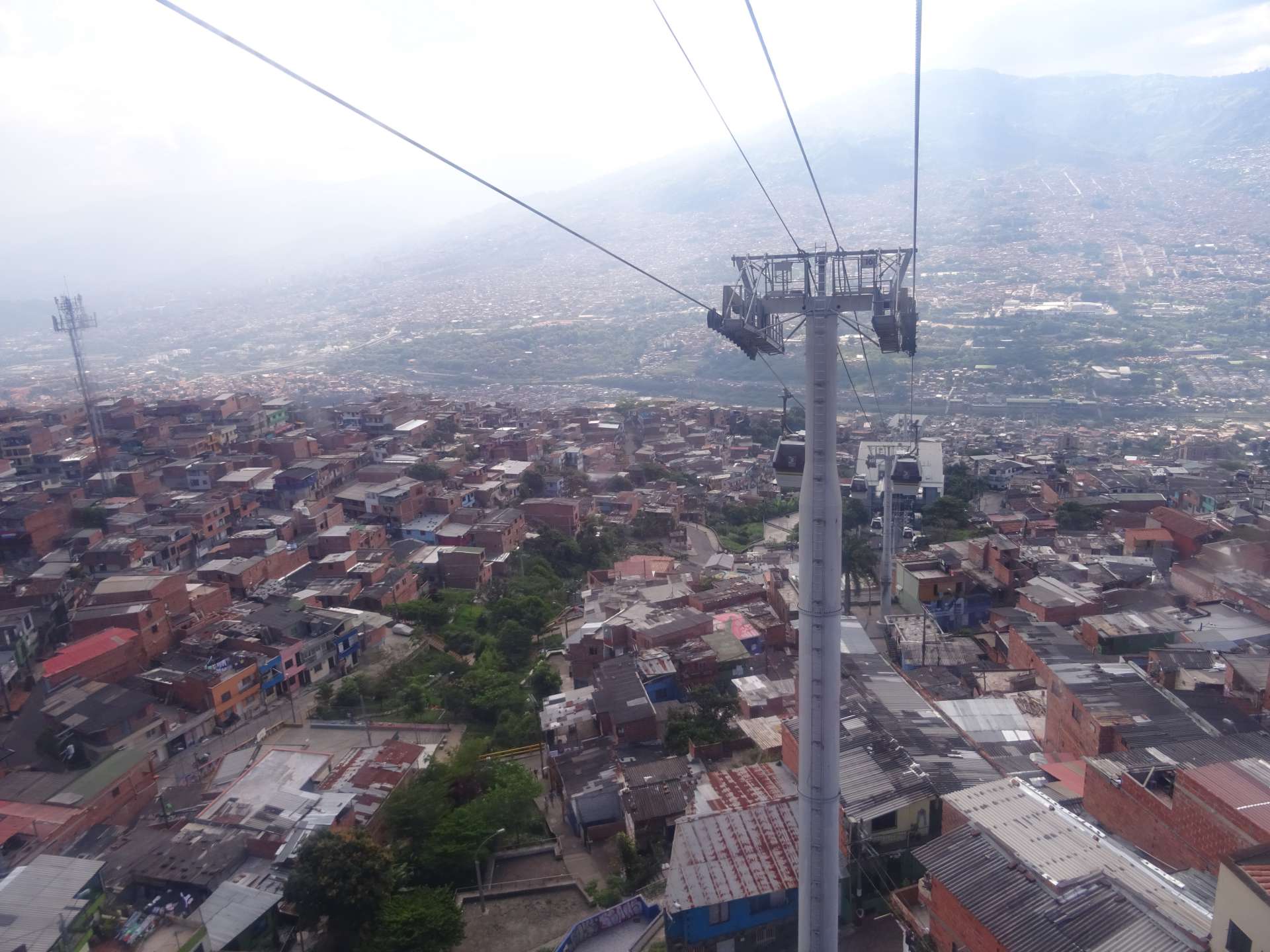
Opening of the city: The cable car floats over the roofs of the slums. Quiet and almost weightless. The connection of the slum to the city center and thus to tourism enabled the people here to take action themselves. Today, young people lead tourists through the neighborhood and explain graffiti, tourist shops are open. They bring access to the tourism cake here as well.
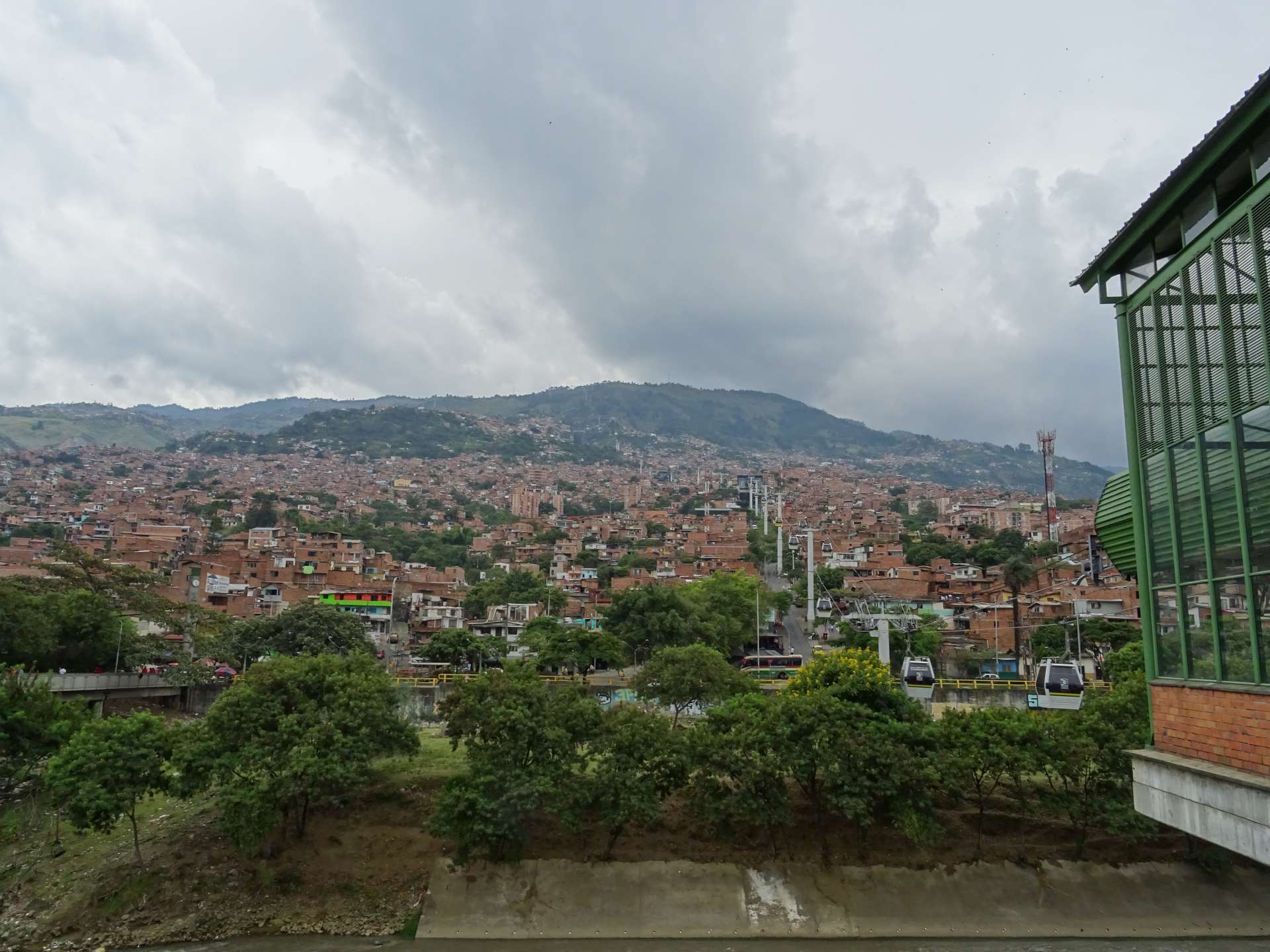
The cable car is integrated into the metro system and allows all city residents the opportunity to get anywhere thanks to low fares. An effective means against ghetto formation.
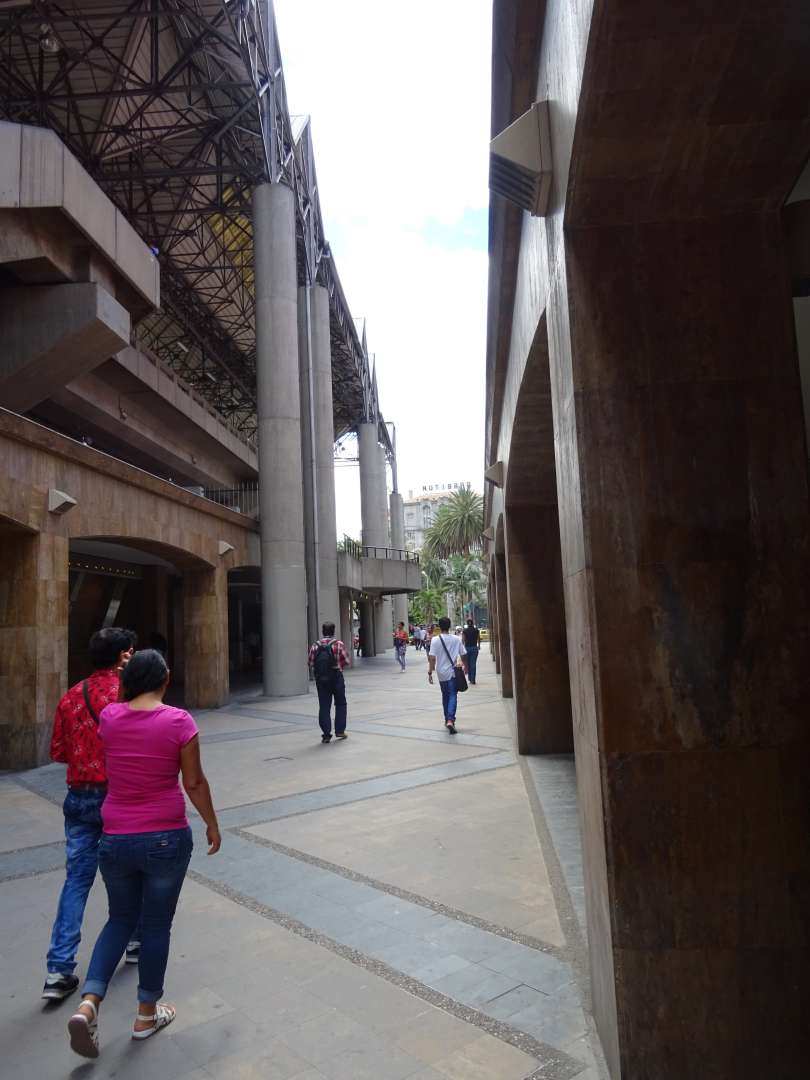
This place is not in any guidebook. It was simply forgotten. The metro station in the city center. Here, a hand grenade was detonated that killed an opposition politician years ago.

And again.. Please turn around. View of the city. Medellin is nestled between hills. This creates a consistently pleasant climate and beautiful postcard panorama.
Colombia wants to forget the bad. Nobody dares to look into the past, explains the young woman from Medellin who shows us the city center. What happened, no matter how bad, has no connection to the present. Lessons have been learned from mistakes, but then they reconciled with them.
Here, I think, apparent evil and morally reprehensible are simply forgotten or reinterpreted until they can be integrated into everyday life. In a way, it's simply remodeling. And so, the park belongs to both the dealer and tourists and mothers with strollers.
What seems strange can be better understood as the processing of an immense trauma.
Because then, celebrating Independence Day in this context is just a painful reminder of something bad. And here, as I see it, no one wants to remember anymore.
And suddenly I remembered the words of my old psychology professor on the subject of 'trauma'.
'You disarm the evil only by taking away its value. Paradoxically, however, you have to give it a certain justification for existence'
Colombia will have to live with its historically grown tumor of violence, corruption, and manipulation for a long time. But still, Medellin shows how to deal with it in a completely native way.
With its own resources and the unbeatable South American will to survive.
ជាវសំបុត្រព័ត៌មាន
ចម្លើយ
